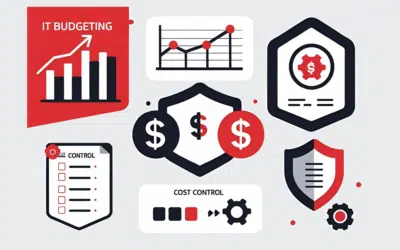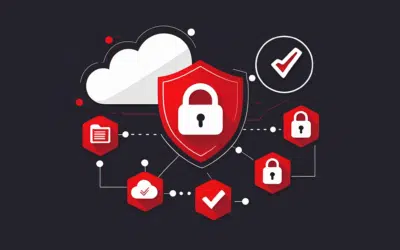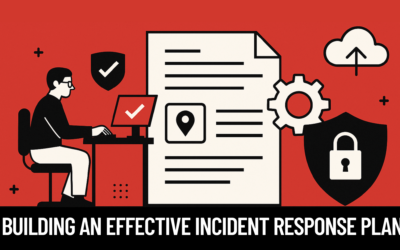
Here’s a look at some spam tactics used in popular Internet spaces. Become familiar with these tactics to help identify them and avoid them whenever possible.
Spam on Social Media
A lot of the time, spam on social media is just bad social media marketing, or content marketing gone array. Being on either end (sending or receiving) of social media spam is not a good place to be. For receiving parties, it can be frustrating and even dangerous, depending on what the intention of the spammer is; and for senders, it’s extremely unprofessional and not a good way of building rapport with an audience.
The most dangerous spammers on social media are not simply interested in poorly marketing a product; they’re interested in releasing malware and ransomware, as well as persuading unsuspecting users to reveal personal information which can later result in identity theft.
To avoid social media scammers, it is recommended that you increase the security settings on your social media accounts. Moreover, you should be dubious of ‘liking’ or ‘sharing’ any posts that look suspicious, especially if they’re from people you don’t know or recognize. Check your applications in the settings menu of your accounts regularly. Delete, don’t just uninstall, applications that you don’t recognize. And finally, be cautions of connecting with people you don’t know online. A simple friend request can lead to a monsoon of spam and unwanted content. Make an effort to avoid these things by remaining vigilant while using social media.
Email Spam
This type of spam is often more sophisticated than what you might see on social media or in pop-up windows around the Web. That’s because email service providers like Google and Yahoo have gone to great lengths to improve the user experience by developing anti-spam filters and special algorithms to detect unwanted solicitations, which, of course, include email spam.
Spam is often referred to as ‘junk mail’. These communications are unwanted solicitations postured to sell something or incite further online action through the use of automated email correspondence. Most of the time, spam is harmless. However, spam is sometimes disguised to look like official communication between you and your financial institution, or a government agency.
In the cases above, the objective of the spammer is to get the user to click through and take further action. Just clicking a link can trigger a malware or ransomware. Other times, clicking through will take you to a landing page that looks strangely similar to your bank’s website or medical portal.
Usually, the user is prompted to type in personal information to continue. Requests for your login and password, social security number, and phone number are popular ones from online identity thieves.
To avoid these sneaky tactics, look carefully at the email before clicking through. Do you recognize the sender? Does the subject line look suspicious? Also, if you’re unsure whether a website is legitimate, always err on the side of caution. Look for security features like HTTPS extension at the beginning of the URL. Do you see a small padlock or green bar over the URL? If these things are missing, the website is not operating with standard security features, and you should exit the site immediately.
Spam is all over the Internet, and if you’re not careful you can unintentionally become a victim of identity theft. Take steps to secure your computer and always practice vigilance when using email or social media to ensure your safety and to enjoy a more comfortable user experience online.








